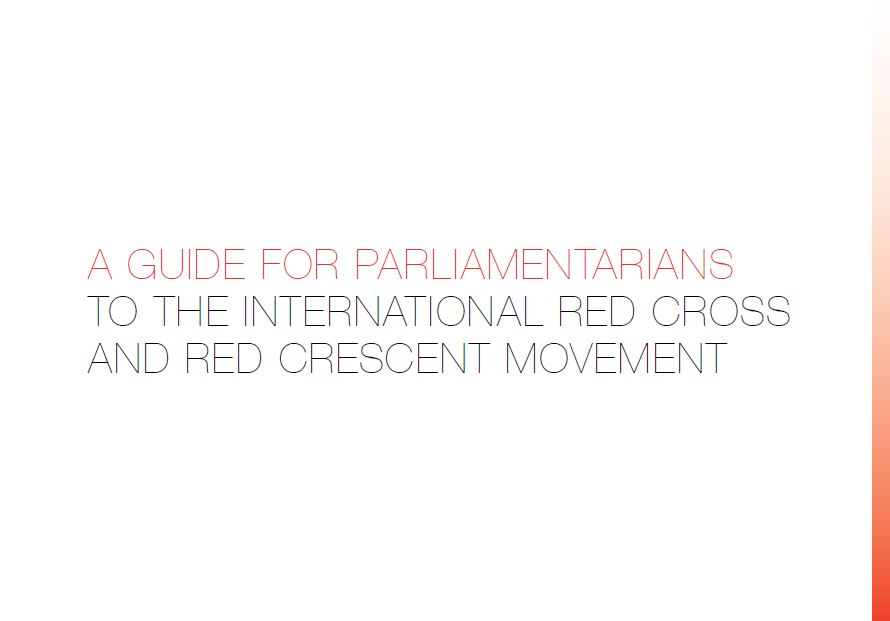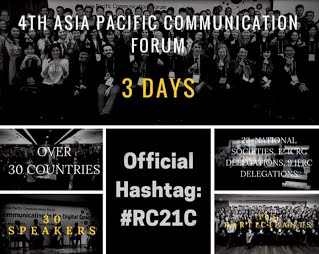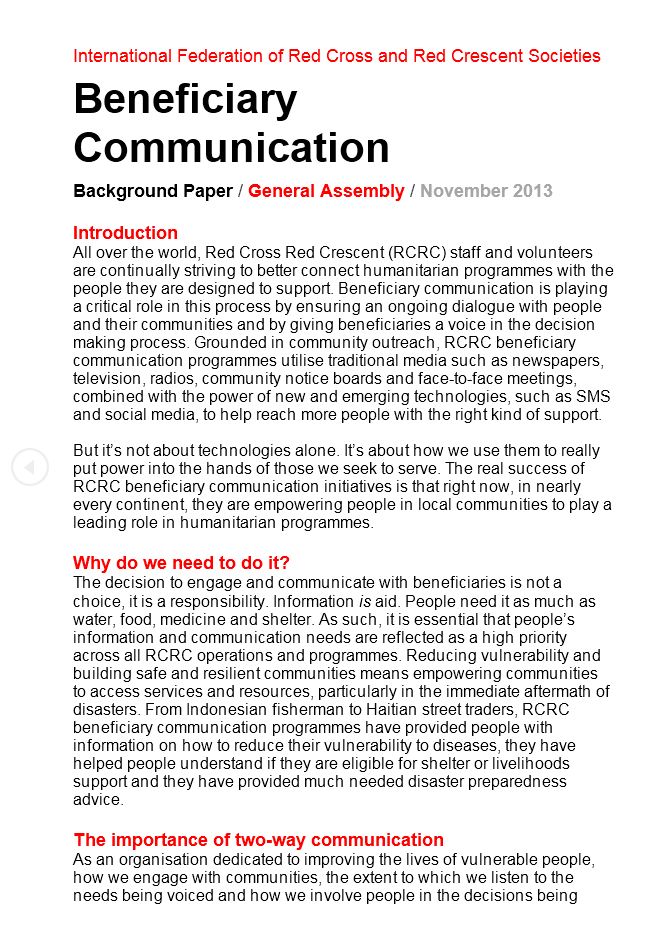Purpose
This guide aims to familiarise parliamentarians with the Movement, particularly the role of the 187 Red Cross and Red Crescent National Societies throughout the world. A strong and active National Society can do much to assist public authorities at all levels of government in the humanitarian field. There are a number of characteristics that distinguish a National Society from non-governmental organisations (NGOs), the United Nations (UN) and other elements of civil society. This guide is designed to provide information and understanding with a view to building on the existing strong and valuable relationships between parliamentarians and the National Society.
Overview
• What is the Movement?
• What does ‘auxiliary role’ mean?
• Examples of services that National Societies provide.
• What do I need to know about international humanitarian law (IHL), international disaster response law (IDRL) and other areas of disaster law?
• Why are the red cross, red crescent and red crystal emblems important?
• What is humanitarian diplomacy?
• What can you do as a parliamentarian to strengthen and support your National Society?
Usage: Policy development
Audience: National Society leadership
![]()





